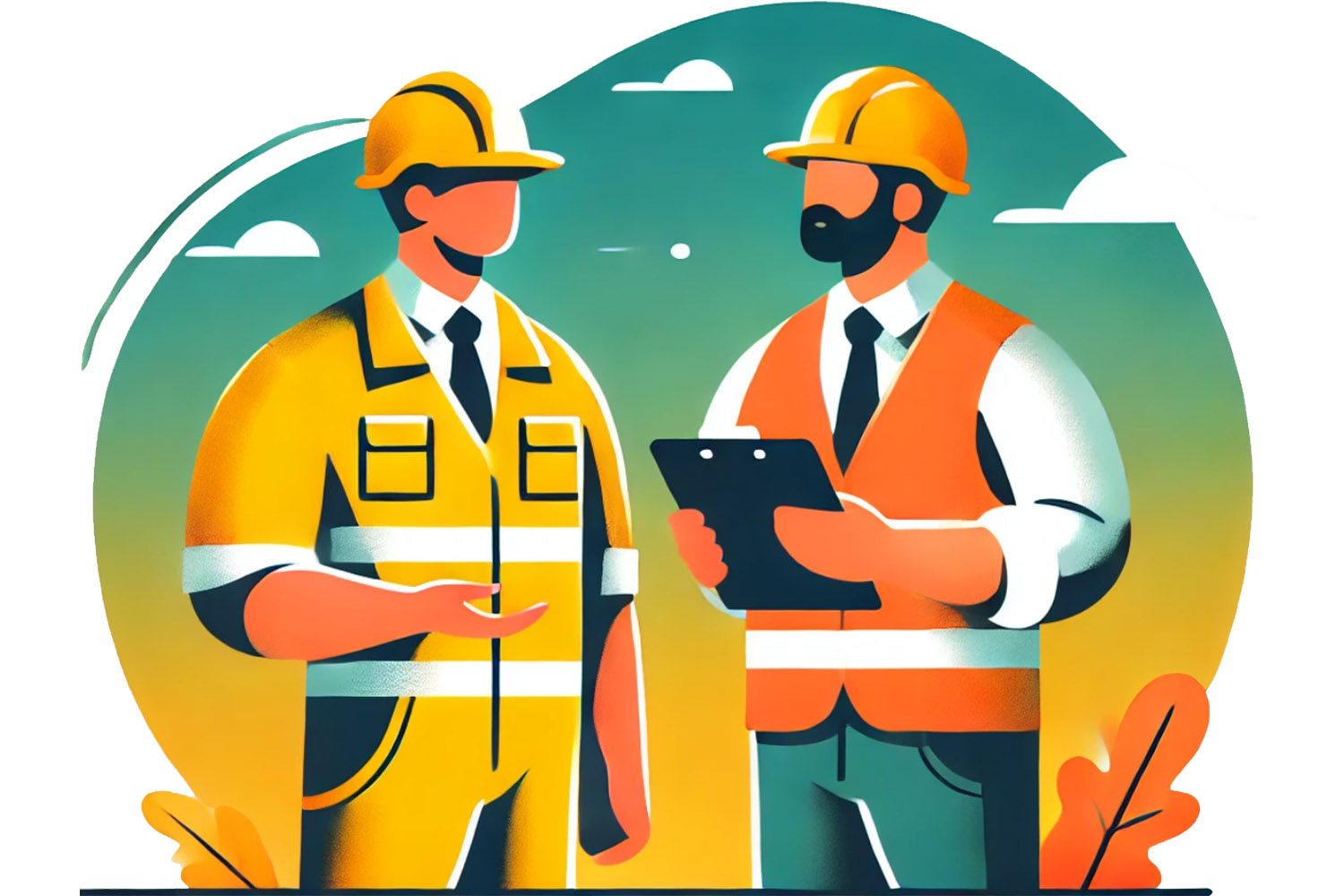Creating a Culture of Safety on Construction Sites
Creating a Culture of Safety on Construction Sites

Safety First: Building a Culture of Safety in Construction
The construction industry is inherently risky, with numerous potential hazards on every site. Ensuring the safety of all workers is paramount. Creating a culture of safety on construction sites not only protects workers but also enhances productivity and morale.
This article explores strategies for promoting a robust safety culture in the Australian construction industry.
1. Understanding the Importance of Safety Culture
A strong safety culture ensures that safety is a top priority for everyone on the construction site. It involves shared attitudes, values, and practices that emphasise the importance of health and safety.
2. Leadership Commitment to Safety
Effective safety cultures start with leadership commitment. Leaders must prioritise safety, model safe behaviours, and allocate resources for safety initiatives. Their actions set the tone for the entire organisation.
3. Comprehensive Safety Training
Regular and comprehensive safety training is essential for all workers. Training should cover hazard recognition, safe work practices, emergency procedures, and the proper use of personal protective equipment (PPE).
“A culture of safety begins with a commitment from all levels of the organisation.”
4. Encouraging Open Communication
Open communication about safety concerns is crucial. Workers should feel comfortable reporting hazards or unsafe conditions without fear of retribution. Implementing a transparent reporting system can help address issues promptly.
5. Regular Safety Audits and Inspections
Conducting regular safety audits and inspections helps identify potential hazards and ensures compliance with safety standards. These audits should be thorough and involve both management and workers.
6. Recognition and Rewards for Safe Practices
Recognising and rewarding safe practices can motivate workers to adhere to safety protocols. Incentive programs that celebrate safety milestones and achievements can reinforce the importance of safety.
7. Engaging Workers in Safety Planning
Involving workers in safety planning and decision-making fosters a sense of ownership and accountability. Workers on the ground often have valuable insights into potential risks and practical solutions.
8. Continuous Improvement and Adaptation
A culture of safety is dynamic and requires continuous improvement. Regularly reviewing and updating safety policies and procedures ensures they remain effective and relevant. Learning from past incidents and near-misses is also crucial.
Final Thoughts
Creating a culture of safety on construction sites is essential for protecting workers and ensuring the smooth operation of projects. By prioritising safety through leadership commitment, comprehensive training, open communication, and continuous improvement, the Australian construction industry can build a safer and more productive future.